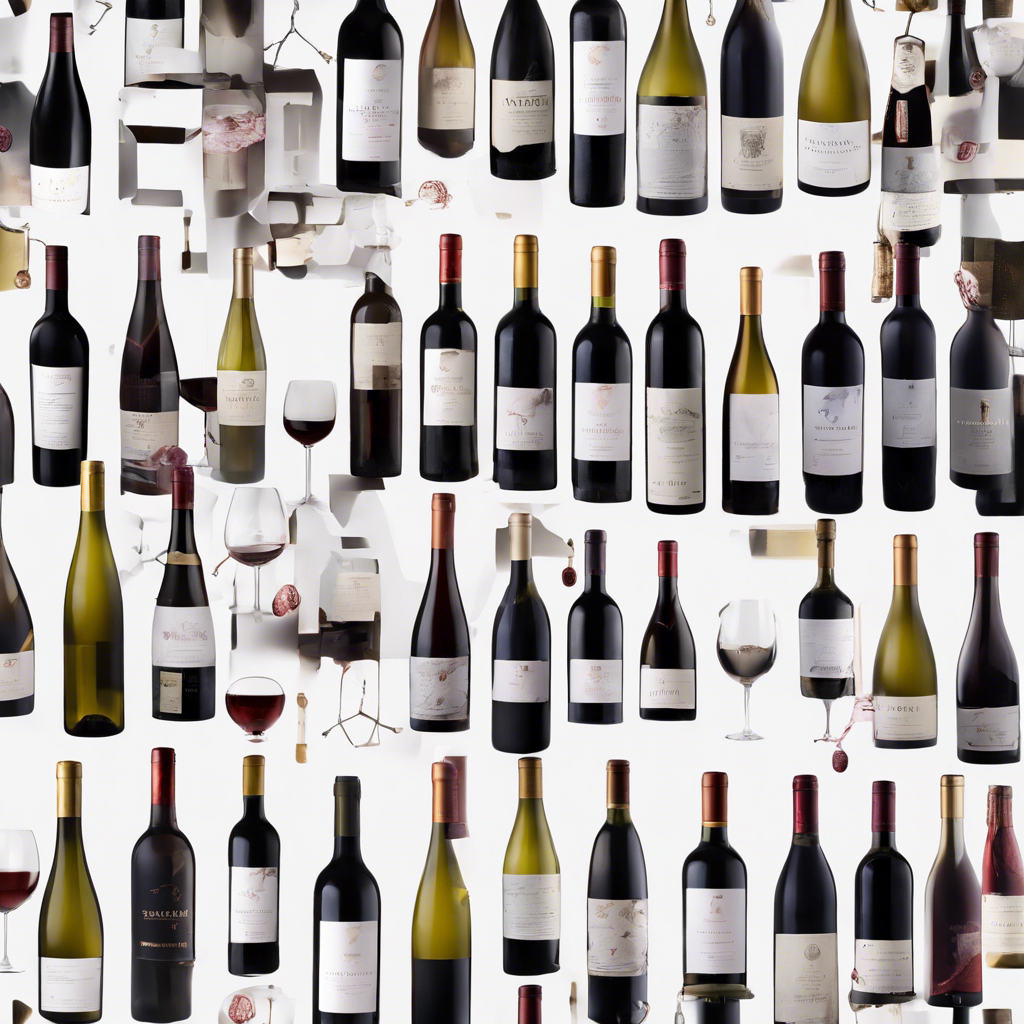Scientists develop a machine learning algorithm that can identify the origins of wines based on chemical analyses, potentially revolutionizing the fight against wine fraud.
In a world where counterfeit wines are becoming increasingly prevalent, scientists have developed an artificial intelligence (AI) algorithm capable of tracing wines back to their origins. By analyzing routine chemical analyses, the algorithm can not only identify the vine-growing region of a wine but also pinpoint the specific estate where it was produced. This breakthrough could have significant implications for combating wine fraud, which costs the industry billions of euros each year. The research, conducted by scientists at the University of Geneva in Switzerland, showcases the potential of machine learning in food and agriculture.
Training the Algorithm Using Gas Chromatography
To train the algorithm, researchers utilized gas chromatography, a technique commonly employed in laboratories to separate and identify the compounds present in a mixture. The team analyzed 80 wines harvested over 12 years from seven different estates in the Bordeaux region of France. Rather than focusing on individual compounds, the algorithm drew on all the chemicals detected in the wine to develop a reliable signature for each one. The algorithm then displayed its results on a two-dimensional grid, grouping wines with similar signatures together.
Unveiling the Chemical Signatures of Chateaux
The results were remarkable. The algorithm revealed distinct clusters that corresponded to specific chateaux, indicating the presence of unique chemical signatures for each estate that remained consistent across vintages. This discovery demonstrated that it is the overall pattern of concentrations of multiple molecules that distinguishes one chateaux from another, akin to a symphony where the entire melody matters, rather than a single note. Additionally, the positions of the clusters on the grid mirrored the physical locations of the estates on the ground, effectively mapping out the Bordeaux region.
Implications for Fraud Detection and Quality Control
While the algorithm achieved an impressive 99% accuracy in tracing wines back to their respective chateaux, it struggled to differentiate between vintages, reaching a maximum accuracy of 50%. Nonetheless, this breakthrough has significant implications for combating wine fraud. By confirming whether a wine matches its label, machine learning could aid fraud investigations and prevent the sale of counterfeit wines. In Europe, where the annual sales lost due to fake booze amount to €3 billion (£2.6 billion), recent cases have exposed the scale of criminal networks operating within the wine industry. The algorithm could also be utilized to monitor quality throughout the winemaking process and optimize blending techniques, potentially reducing costs and benefiting both winemakers and consumers.
Conclusion:
The development of an AI algorithm capable of tracing wines back to their origins based on routine chemical analyses represents a significant breakthrough in the fight against wine fraud. By utilizing machine learning and gas chromatography, scientists have successfully identified unique chemical signatures for each chateaux, enabling the algorithm to accurately determine the vine-growing region and estate of origin. While the algorithm’s current limitations lie in distinguishing vintages, its potential for fraud detection and quality control is undeniable. This research showcases the power of machine learning in the food and agriculture sectors, paving the way for increased transparency and authenticity in the wine industry.











